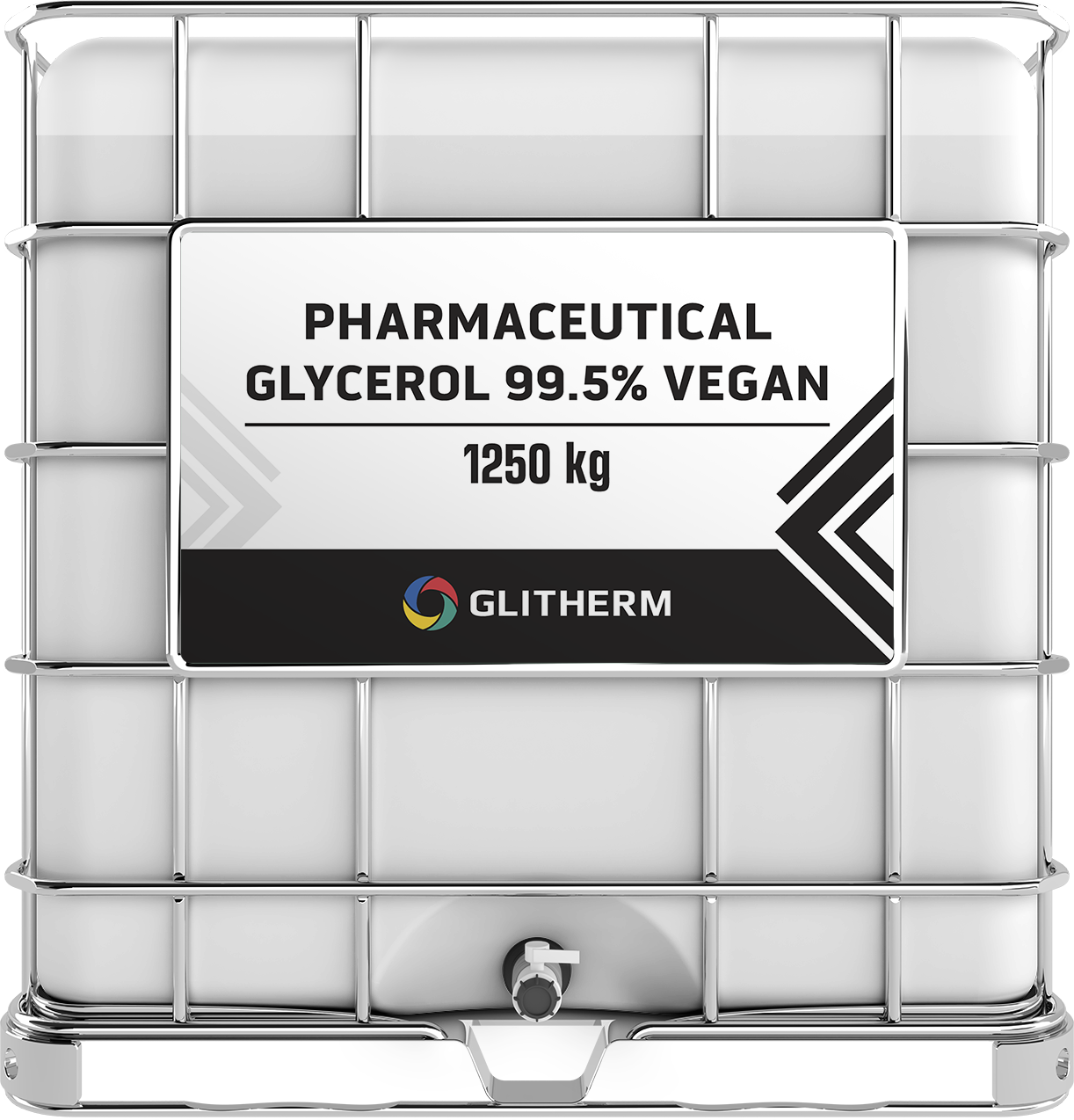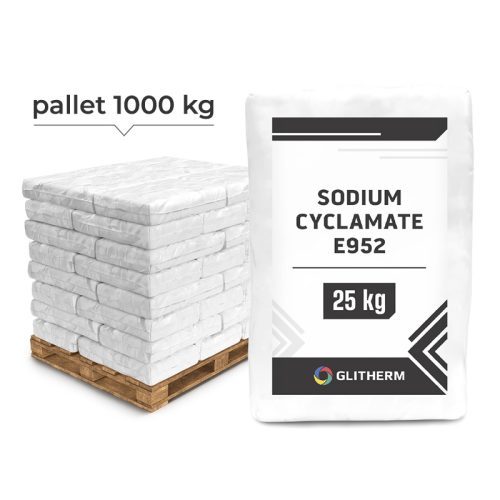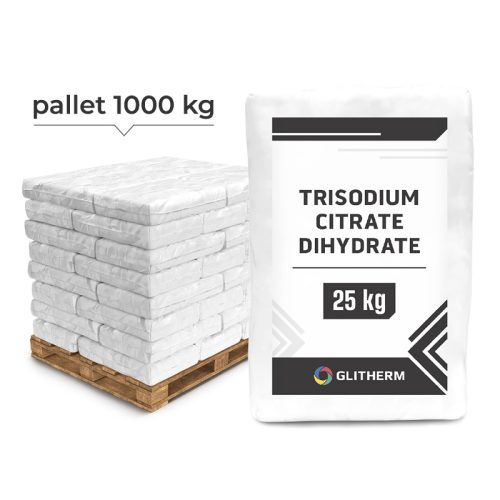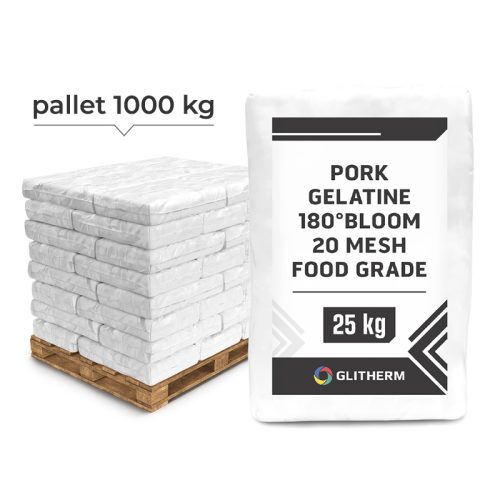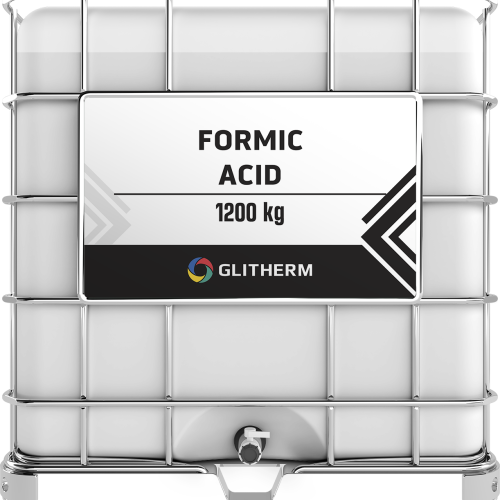Pharmaceutical Vegetable Glycerin, glycerin, propane-1,2,3-triol (Latin glycerolum) is an organic chemical compound from the group of sugars. It is also the simplest stable trihydric alcohol (triol). Vegetable glycerin at room temperature and atmospheric pressure is a syrupy thick liquid that is greasy to the touch. It is colorless or almost colorless, transparent or almost transparent. It shows strong hygroscopic properties. It forms stable solutions with water and mixes with this liquid without restrictions. It also has very strong hydrophilic properties. The hydrophilic value of pharmaceutical glycerol is so high that it is the standard of the highest hydrophilicity with a value of 1 (the standard of the highest lipophilicity with a value of 31 is petroleum jelly) on the scale of miscibility of organic solvents (1-31).
Glycerin is produced on an industrial scale from vegetable fats. In reaction with alkaline solutions, fats are hydrolyzed to glycerol and soaps.
Production of the so-called Biodiesel in the transesterification reaction provides large amounts of glycerol as a by-product. Naturally, glycerin is found in some fruits and vegetables.
An interesting fact is that insects and other living organisms use glycerol as an antifreeze. Glycerol lowers the freezing point and supercooling of body fluids, which allows you to increase your tolerance to freezing, i.e. resistance to the formation of ice in the body and survival in cold climates. The body with glycerin in its body fluids can avoid the so-called strawberry effect.
Glycerin is irreplaceable in the production of creams, lipsticks and other cosmetic products. In addition to the ability to homogenize the ingredients of cosmetic products, it also has skin moisturizing properties.
It is a valued reagent in chemical synthesis processes. It is an important raw material for the production of certain types of soap.
Glycerin is an important raw material for the defense industry. Used in the production of explosives (glycerol trinitrate is produced in the esterification process).
The properties of glycerin are appreciated in the textile industry.
In addition, glycerin is used in the pharmaceutical, food and leather industries. It is used in the production of: dyes, brake and cooling fluids.
Glycerin was used as an additive to molasses when smoking a water pipe and to sweeten liqueurs, as well as a component of e-cigarette liquids.
The automatically translated description is binding in the Polish version.

